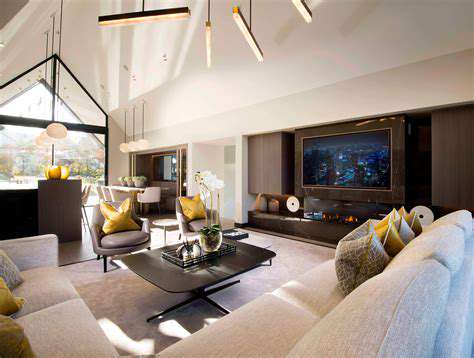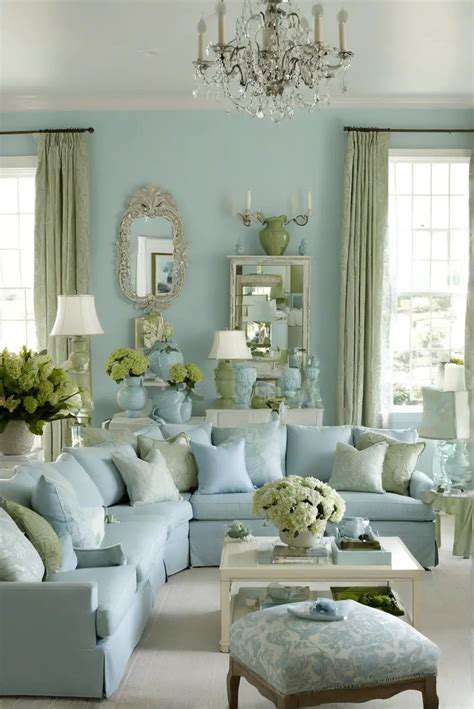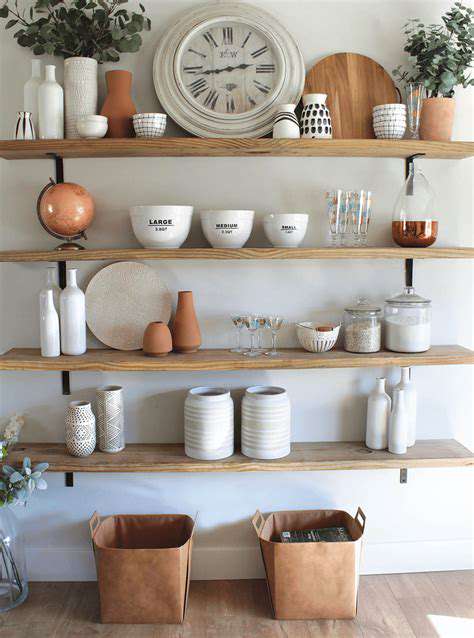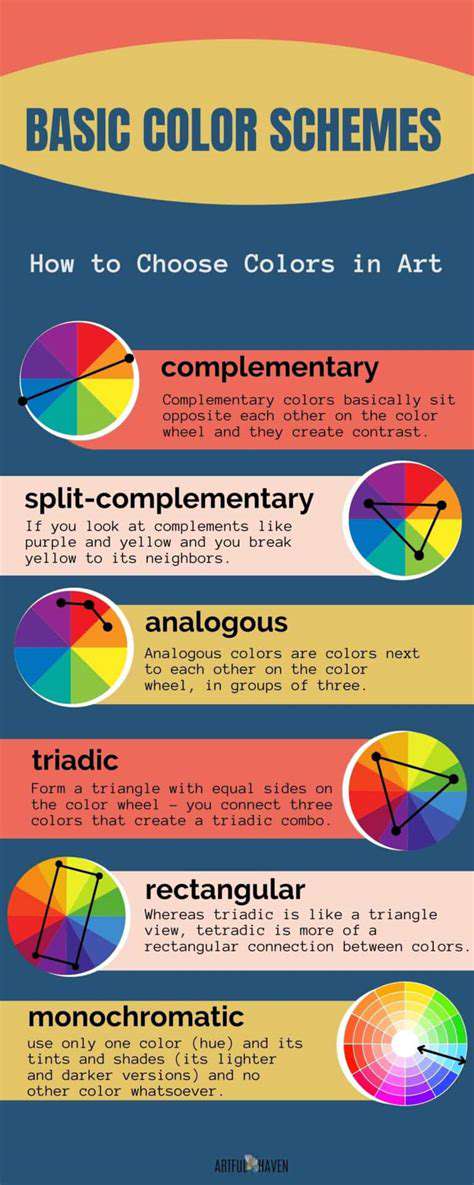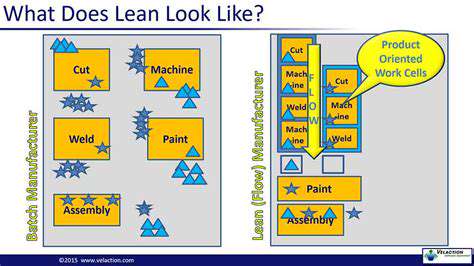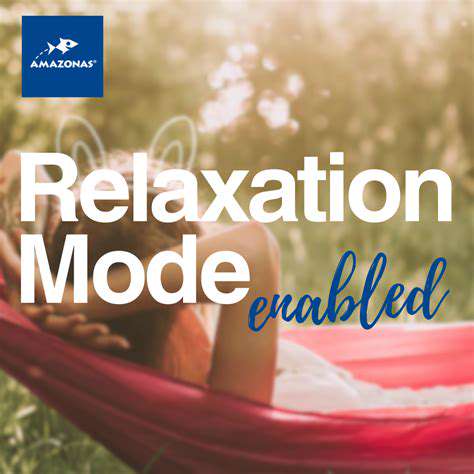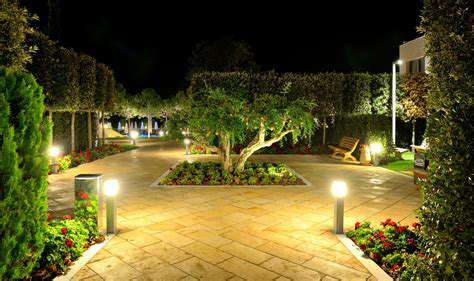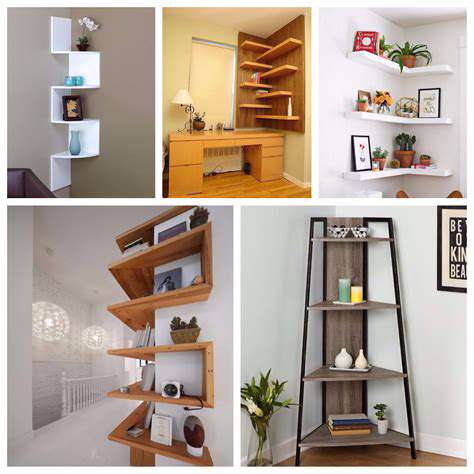How to Design a Versatile Multi Purpose Room for Fitness and Fun
Contents
Accurate measurements guide furniture selection and layout planning.
Zones enhance utility by allocating space for fitness and relaxation.
Safety requires clear paths around equipment and comfortable flooring choices.
Smart storage solutions maintain organization and accessibility of items.
Multifunctional furniture maximizes versatility in a multi-purpose room.
Strategically position windows for optimal natural light flow.
Cross-ventilation improves air quality and comfort during activities.
Zoning promotes organized transitions between different room activities.
Acoustic considerations improve focus and reduce distractions during activities.
Future adaptability ensures the room meets evolving user needs.
Personalization enhances user engagement and connection in the space.
Color theory impacts mood; use it to create a cohesive aesthetic.
Ergonomic and multi-functional furniture optimizes comfort and space utilization.
Lighting influences ambiance; adjust for different activities and moods.
Assess Your Space: Measurements and Layout
Understanding Room Dimensions
Before diving into design plans, take a moment to really understand your room's size and shape. Break out the tape measure and jot down the length, width, and ceiling height - these numbers will become your best friends when picking out furniture and workout gear. For most multi-use spaces, aim for 100-300 square feet to balance movement areas with cozy corners. Don't forget to map out where windows, doors, and vents live - these permanent features can make or break your layout ideas.
Creating a Functional Layout
Now that you've got your numbers, let's play spatial Tetris! Split the room into dedicated zones - maybe 60% for breaking a sweat and 40% for chilling out. Try placing your yoga mat near the window for natural light during morning flows, while tucking the reading nook in a quieter corner. Use rugs like invisible fences to separate areas without building actual walls. Pro tip: Leave at least three feet around equipment so you're not doing jumping jacks into your coffee table!
Safety Considerations
Let's talk safety - because nobody wants to trip over a dumbbell while reaching for the TV remote. Rubber flooring isn't just for gyms anymore; it cushions those high-impact moves and prevents slips during post-workout smoothie spills. Keep emergency exits clear and make sure ceiling fans don't turn into accidental headbangers during overhead presses.
Incorporating Storage Solutions
Storage hacks can make or break your multi-purpose paradise. Try floating shelves for displaying pretty plants while hiding yoga blocks behind decorative baskets. That ottoman? It's secretly a blanket fort kit. Those sleek cabinets? Hiding a mini home gym. Remember: The goal is quick transitions between Netflix marathons and HIIT sessions without tripping over clutter.
Choosing the Right Equipment and Furniture
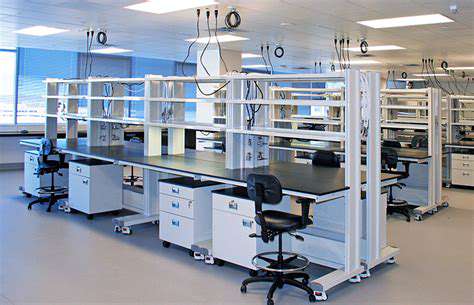
Understanding the Space Requirements
Measuring tape is your new best friend - but don't stop at floor space! Check if your ceiling can handle that dreamy aerial yoga setup. Pro tip: Use painter's tape to map out furniture footprints before buying anything. You'll quickly see if that Peloton fits without blocking the closet door.
Selecting Fitness Equipment
- Resistance bands: The origami of workout gear - folds flat but packs a punch
- Adjustable dumbbells: Like Russian nesting dolls for weights
- Foldable treadmills: Disappears faster than cookies at a bake sale
Invest in equipment that moonlights as decor when not in use. That kettlebell? Chic doorstop. Those resistance bands? Artsy wall art when hung creatively.
Choosing Multifunctional Furniture
Your sofa should work harder than a CrossFit athlete. Look for chameleon pieces - daybeds that become guest beds, coffee tables that lift into desks, storage benches that double as step platforms. The key is furniture that can pivot faster than a TikTok trend.
Technology Integration
Smart lighting isn't just cool - it's practical magic. Program Yoga Mode for soft golden hues and Boxing Mode for bright white lights. Hidden outlets in furniture legs keep devices charged without cable chaos. Bonus: Voice-controlled speakers mean switching playlists mid-burpee without touching a button.
Maximizing Natural Light and Ventilation
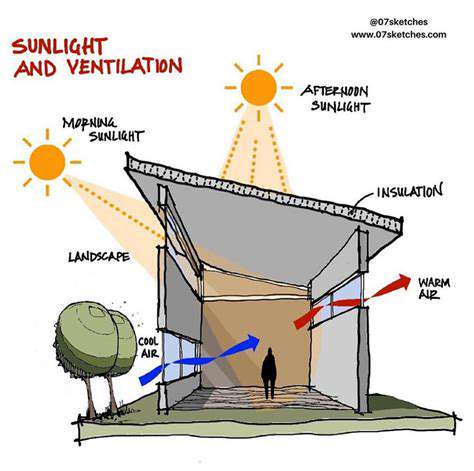
Window Wizardry
South-facing windows are sunlight goldmines, but don't forget about privacy! Sheer curtains diffuse light beautifully while maintaining some mystery. For dark corners, mirror placement can bounce light around like a pinball - try positioning one opposite a window.
Breathing Room
Stale air is the enemy of productivity. Create cross-breezes by cracking windows on opposite walls - nature's air conditioning! For stuffy spaces, discreet ceiling vents beat clunky fans. Pro tip: Snake plants aren't just pretty - they're air-purifying ninjas that thrive in workout room humidity.
Incorporating Zoning for Different Activities
Zone Defense Strategy
Use furniture like a chess master - that bookshelf isn't just for books, it's a room divider creating separate kingdoms for sweat and serenity. Different flooring materials (plush rug vs rubber tiles) signal zone changes better than any sign. Bonus: Area-specific lighting cues help your brain switch modes faster.
Acoustic Alchemy
Soundproofing doesn't have to mean ugly foam panels. Try a woven wall hanging over the TV area to soak up movie explosions, while thick curtains tame treadmill thunder. For music zones, acoustic clouds (those funky ceiling panels) can look like modern art while killing echoes.
Creating a Cohesive Design Aesthetic
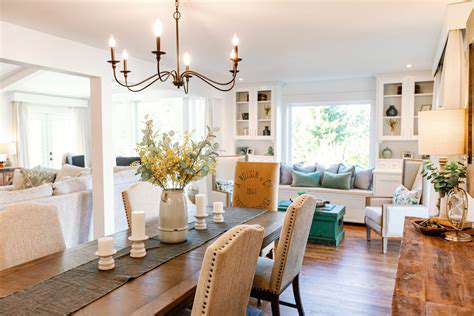
Color Psychology Playbook
Soft sage green isn't just trendy - studies show it lowers heart rates during cool-downs. Use bold accent walls in energizing coral near workout zones, then transition to calming blues in meditation corners. Remember: Your color story should flow like a good playlist between tracks.
Lighting Layers
Overhead lights are the base layer, task lighting (like adjustable floor lamps) is the main course, and fairy lights or LED strips are the dessert - pure ambiance magic. Smart bulbs that shift from energizing cool white to warm sunset tones help signal activity changes better than any alarm clock.
Read more about How to Design a Versatile Multi Purpose Room for Fitness and Fun
Hot Recommendations
- Design a Modern Bathroom That Maximizes Space and Minimizes Risks
- Creative Living Room Ideas for Seamless TV Wall Integration and Dynamic Lighting
- Planning a Living Room with Impactful TV Backgrounds and Seating Options
- Innovative Bedroom Concepts to Transform Your Sleep and Storage Experience
- Modern Study Solutions for a Dual Purpose Office and Reading Area
- Modern Bathroom Ideas Featuring Wet Dry Separation and Safety Enhancements
- Expert Advice for Creating a Study That Supports Both Work and Personal Development
- Practical Bathroom Ideas for Enhancing Safety in Compact Areas
- Modern Children's Room Inspirations Focused on Color and Growth
- Creative Ideas for a Children's Room That Combines Safety with Modern Style

